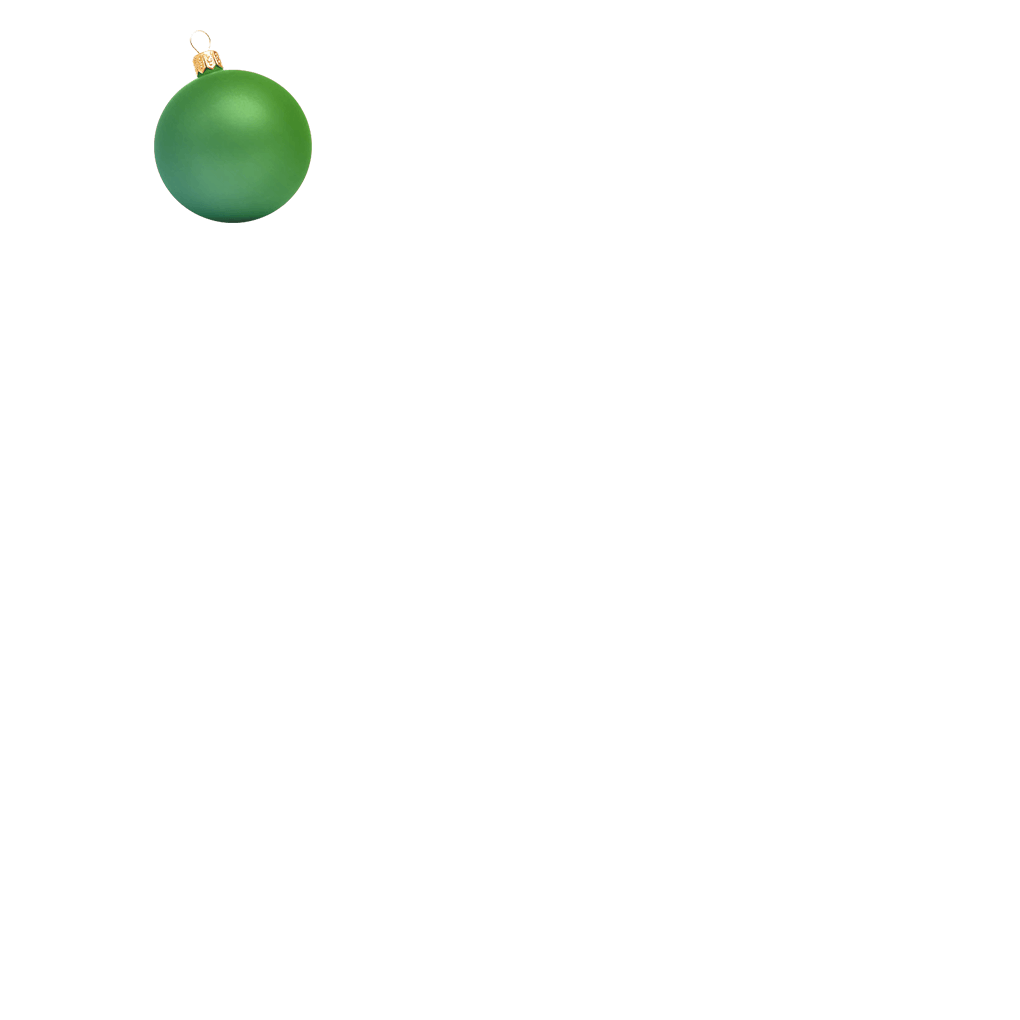Publications
Abstract
- Trial of Oral Diuretics Prior to Discharge Is Not Associated With Improved Outcomes in Decompensated Heart Failure Adeba Mohammad 1, Shuktika Nandkeolyar 2, Dennis Grewal 2, Antoine Sakr 2, Ahmed Seliem 2, Liset Stoletniy 2, Dmitry Abramov 2 Cardiol Res.2021 Aug;12(4):244-250 (08/2021) (link)
- Inpatient Diuretic Management of Acute Heart Failure: A Practical Review The inpatient treatment of acute heart failure (AHF) is aimed at achieving euvolemia, relieving symptoms, and reducing rehospitalization. Adequate treatment of AHF is rooted in understanding the pharmacokinetics and pharmacodynamics of select diuretic agents used to achieve decongestion. While loop diuretics remain the primary treatment of AHF, the dosing strategies of loop diuretics and the use of adjunct diuretic classes to augment clinical response can be complex. This review examines the latest strategies for diuretic management in patients with AHF, including dosing and monitoring strategies, interaction of diuretics with other medication classes, use adjunctive therapies, and assessing endpoints for diuretic. The goal of the review is to guide the reader through commonly encountered clinical scenarios and pitfalls in the diuretic management of patients with AHF. (03/2021) (link)
- Increased sensitivity to ischemic interval of donor hearts with diminished left ventricular function Background: Previous studies have demonstrated that carefully selected donor hearts (DHs) with poor left ventricular ejection fraction (EF) may be transplanted with long-term survival equivalent to hearts with normal function. The purpose of this study is to facilitate their selection. Methods: Using the United Network for Organ Sharing database, we reviewed all adult heart transplants between January 2000 and March 2016. Regression models were developed to estimate hazard ratios with 95% confidence intervals of post-transplant 1-year mortality and failure of EF to recover at 1 year for DHs with EF ≥50%, EF 40%-49.9%, and EF 30%-30.9%. Results: During the study period, 31,979 DHs were transplanted. Compared with DHs with left ventricular ejection fraction ≥50%, DHs with reduced EF were younger and had slightly lower body mass index. There were no differences in the mechanism of death between groups and no differences in recipient characteristics, except for a higher incidence of African American recipients of hearts with an EF of 40%-49.9%. Of the variables analyzed, only a 1-hour increase in ischemia time had different hazard ratios for 1-year mortality between groups, with increasing hazard as EF diminished. It was also the only variable that predicted failure of recovery of normal EF and that was in the lowest EF group. Conclusions: The impact of DH traits associated with adverse outcomes after heart transplantation that we studied are similar between DHs with EF <50% and those with EF ≥50%. However, limiting ischemic time may be even more important for DHs with diminished left ventricular function, particularly at the low end of the EF spectrum. (03/2020) (link)
- Aortobronchial Fistula Causing Recurrent Hemoptysis 21 Years Post-Heart Transplant Aortobronchial fistulae (ABF) are uncommon but potentially fatal anomalies. Patients may initially present with small volume hemoptysis, which can rapidly lead to massive hemoptysis and death if not diagnosed and intervened upon early. Diagnosis by imaging and bronchoscopy is not always conclusive; thus, a high index of suspicion is necessary to diagnose this life-threatening condition. Herein, we describe a case of a young man who had a late presentation of ABF 21 years following heart transplantation. This case illustrates the diagnostic and clinical challenge of ABF as a late sequela of cardiac transplantation and highlights the rarity of this anomaly. (12/2019) (link)
- Predictors of Systolic Heart Failure and Mortality Following Orthotopic Liver Transplantation: a Single-Center Cohort Antoine E Sakr 1, Gary E Fraser 2, Tanya P Doctorian 2, Hyungjin B Kim 2, Deepika Narasimha 2, Islam Abudayyeh 2, Anthony D Hilliard 2, Wendy Shih 3, Michael E de Vera 4, Pedro W Baron 4, Michael L Volk 4, Liset N Stoletniy 2 Transplant Proc.Jul-Aug 2019;51(6):1950-1955 (08/2019) (link)
- A case report of heart transplant for ischaemic cardiomyopathy from lupus coronary vasculitis Background: Coronary vasculitis is a rare, life-threatening complication of systemic lupus erythematosus (SLE). Case summary: A 23-year-old woman with SLE presented with typical angina and worsening dyspnoea on exertion. Coronary angiography revealed severe triple vessel disease with a 'string of beads' appearance classic for coronary vasculitis. Transthoracic echocardiogram revealed ejection fraction of 25-30% with a severely hypokinetic distal septum and distal anterior wall and an akinetic apical wall. Despite vasculitis treatment with cyclophosphamide and pulse-dose steroids, her coronary vasculitis did not improve. She was refractory to anti-anginal and guideline-directed medical therapy for heart failure and successfully underwent orthotopic heart transplant (OHT). Discussion: This is the first reported case of OHT in the case of SLE coronary vasculitis. Chronic SLE coronary vasculitis is caused by lymphocyic infiltration leading to inflammation and fibrosis of the major epicardial coronary arteries but can be successfully managed with OHT when refractory to medical SLE and heart failure therapies. It can affect patients of all ages with SLE, emphasizing the importance of thorough history taking and clinical evaluation in young patients presenting with cardiac symptoms to establish an appropriate diagnosis and treatment plan. (10/2018) (link)
- 91-Year-Old Allograft: Oldest Surviving Donor Heart Still Going: A Case Report For patients with end-stage heart failure, heart transplantation remains one of the most successful therapies with excellent long-term survival rates. However, over the past few decades, there has been a worsening supply/demand mismatch given the rising epidemic of heart failure and the relatively fixed availability of donor hearts. In this case report, we describe the case of a 30-year-old woman who underwent transplantation with a 68-year-old donor heart and who has survived for 23 years without any major cardiac problems. To our knowledge, this patient has one of the oldest surviving donor hearts (91-year-old heart). Review of the latest guidelines and recent studies have demonstrated a gradual expansion of donor criteria to meet this critical shortage of donor organs. (09/2017) (link)
- The advent of more advanced 3D image processing, reconstruction, and a variety of three-dimensional (3D) printing technologies using different materials has made rapid and fairly affordable anatomically accurate models much more achievable. These models show great promise in facilitating procedural and surgical planning for complex congenital and structural heart disease. Refinements in 3D printing technology lend itself to advanced applications in the fields of bio-printing, hemodynamic modeling, and implantable devices. As a novel technology with a large variability in software, processing tools and printing techniques, there is not a standardized method by which a clinician can go from an imaging data-set to a complete model. Furthermore, anatomy of interest and how the model is used can determine the most appropriate technology. In this over-view we discuss, from the standpoint of a clinical professional, image acquisition, processing, and segmentation by which a printable file is created. We then review the various printing technologies, advantages and disadvantages when printing the completed model file, and describe clinical scenarios where 3D printing can be utilized to address therapeutic challenges. (02/2017) (link)
Scholarly Journals--Published
- A Review of Inotropes and Inopressors for Effective Utilization in Patients with Acute Decompensated Heart Failure Shuktika Nandkeolyar 1, Rachel Ryu, Adeba Mohammed, Kathia Cordero-Caban, Dmitry Abramov, Huyentran Tran, Chris Hauschild, Liset Stoletniy, Anthony Hilliard, Antoine Sakr J Cardiovasc Pharmacol.2021 May 28 (08/2021) (link)
- Torsades de Pointes due to Excessive Marijuana Use in a Susceptible Patient Vivek D Shah 1, Adeba Mohammad 1, Shuktika Nandkeolyar 2, Liset Stoletniy 2, Tahmeed Contractor 2 Case Rep Cardiol.2021 Jul 8:2021: (07/2021) (link)
- Comparison of Outcomes in Patients Undergoing Renal Transplantation With Impaired vs Normal Left Ventricular Ejection Fraction Tigran Khachatryan 1, Tanya Doctorian 2, Liset Stoletniy 1, Amir Abdipour 1, Anthony Hilliard 1, Dmitry Abramov 1, Gholam Zadeii 3, Jun Ho Chung 1, Carolyn Krystal 1, Islam Abudayyeh 1 Transplant Proc. 2021 Jul 14;S0041-1345(21)00417-6. (07/2021) (link)
- Role of Guideline Directed Medical Therapy Doses and Optimization in Patients Hospitalized With Decompensated Systolic Heart Failure Dennis Grewal 1, Rod Partow-Navid 2, Dante Garcia 3, Joshua Coney 4, Gary Fraser 3, Liset Stoletniy 3, Antoine Sakr 3, Purvi Parwani 3, Dmitry Abramov 3 Am J Cardiol.2021 Jul 15;151:64-69. (07/2021) (link)
- Impact of heart transplant allocation change on competing waitlist outcomes among listing strategies Jay N Patel 1, Joshua S Chung 2, Ahmed Seliem 3, Antoine Sakr 3, Liset Stoletniy 3, David G Rabkin 2, Dmitry Abramov 3 Clin Transplant.2021 Jul;35(7):e14345 (07/2021) (link)
- Utility of Framingham Score for Optimizing Preoperative Evaluation Among Patients Undergoing Liver Transplant Evaluation Tanya Doctorian 1, Shuktika Nandkeolyar 1, Colleen Fearon 1, Srishti Nayak 1, David Tryon 1, Antoine Sakr 1, Liset Stoletniy 1, Michael De Vera 1, Michael Volk 1, Dmitry Abramov 2 Transplant Proc. 2021 Jun;53(5):1616-1621 (06/2021) (link)
- Inpatient Diuretic Management of Acute Heart Failure: A Practical Review Saif Ali 1, Sharon Jung 1, Shuktika Nandkeolyar 1, Liset Stoletniy 1, Antoine Sakr 1, Frederik H Verbrugge 2 3, Anthony Hilliard 1, Dmitry Abramov 4 Am J Cardiovasc Drugs. 2021 Mar 12 (03/2021) (link)
- Increased sensitivity to ischemic interval of donor hearts with diminished left ventricular function Allison B Davila 1, Wendy Shih 2, Liset N Stoletniy 3, Tim P Martens 1, Leonard L Bailey 1, Anees J Razzouk 1, David G Rabkin 4 J Heart Lung Transplant. 2020 Mar;39(3):241-247 (03/2020) (link)
- Aortobronchial Fistula Causing Recurrent Hemoptysis 21 Years Post-Heart Transplant Tanya Doctorian 1, Deepika Narasimha 2, Antoine Sakr 2, Liset Stoletniy 2 Transplant Proc. 2019 Dec;51(10):3399-3402. (12/2019) (link)
- A case report of heart transplant for ischaemic cardiomyopathy from lupus coronary vasculitis Shuktika Nandkeolyar 1, Hyungjin B Kim 1, Tanya Doctorian 1, Liset N Stoletniy 1, Vaneet K Sandhu 2, Micah Yu 2, Craig W Zuppan 3, Anees Razzouk 4, Anthony Hilliard 1, Purvi Parwani 1 Eur Heart J Case Rep. 2019 Oct 31;3(4):1-7 (10/2019) (link)
- 91-Year-Old Allograft: Oldest Surviving Donor Heart Still Going: A Case Report T Doctorian 1, D Narasimha 2, L Stoletniy 2, A Sakr 2 Transplant Proc. 2017 Sep;49(7):1663-1666. (09/2017) (link)
- Implantation of HeartMate II Left Ventricular Assist Device in a Single-Lung Patient Hannah Copeland 1, Liset Stoletniy 2, Antoine Sakr 2, Anees Razzouk 3 Ann Thorac Surg.2015 Jun;99(6):2216-8. (06/2015) (link)
- Lack of relationship between microvascular and macrovascular disease in heart transplant recipients Mohamed S Abu-Qaoud 1, Liset N Stoletniy, David Chen, Justin Kerstetter, Michael Kuhn, Ramdas G Pai Transplantation.2012 Nov 15;94(9):965-70. (11/2012) (link)
- Validation of simple visual-analogue thermometer screen for mood complications of cardiovascular disease: the Emotion Thermometers Alex J Mitchell 1, Joshua P Morgan, Denise Petersen, Sharon Fabbri, Carlos Fayard, Liset Stoletniy, Jun Chiong J Affect Disord. 2012 Feb;136(3):1257-63. (02/2012) (link)
- Swanson KS, Gevirtz RN, Brown M, Spira J, Guarneri E, Stoletniy L. The Effect of Biofeedback on Function in Patient with Heart Failure. Appl Psychophysiolo Biofeedback 2009;34:71-91. (2009)
- Chiong JR, Stoletniy LN, Jutzy KR. Cost Efficiency of a Dedicated Cardiology Service in Treating Acute Decompensated Heart Failure. J Card Fail 2008 August; 14(6):S363. (2008)
- Chen D, Chang R, Umakanthan B, Stoletniy LN, Heywood JT. Improvement of Cardiac Function Persists Long Term with Medical Therapy for Left Ventricular Systolic Dysfunction. Journal of Cardiovascular Pharmacology and Therapeutics. September 2007;12:220-226. (2007)
- Noor H, Stoletniy LN, Bansal RC, Pai RG. Effect of Left Ventricular Size Regression on Mitral Valve Function and Anatomy. JACC 2002;39:417A (Supp A). (2002)
- Stoletniy LN, Heywood JT, Pai RG, Bansal RC. Clinical and Echocardiographic Predictors of LV Function Improvement with Betablockers in Patients with CHF. Circulation 2001; 104:II-518 (Supp II). (2001)
- Stoletniy, LN, Pai SM, Platt ML, Torres VI, Pai RG. QT Dispersion as a Noninvasisve Predictor of Inducible Ventricular Tachycardia. J of Electrocardiology 1999;32:173-177. (1999)
- Pai RG, Stoletniy LN. Hemodynamic Basis of Mitral E Transmission in the Left Ventricular Cavity and its Relation to the Left Ventricular Relaxation Process. Am J of Cardiol 1998; 81:1385-1388. (1998)
- Pai RG, Stoletniy LN. Evaluation of Left Ventricular Positive and Negative dP/dt from Aortic Regurgitation Signal. J AM Soc Echocardiogr 1998;11:631-637. (1998)
- Stoletniy LN, Pai RG. Value of QT Dispersion in the Interpretation of Exercise Stress Test in Women. Circulation 1997; 96:904-910. (1997)
- Stoletniy LN, Ferry DR, Pai RG. Insights Into LV Relaxation Process from the Analysis Mitral E Wave Acceleration Time. JACC 1997; 29:250A (Supp A). (1997)
- Stoletniy LN, Pai RG. Restoration of Sinus Rhythm in Atrial Fibrillation/flutter Restores Dynamic Changes in Mitral Annular Size and its Presystolic Sphincteric function. Circulation 1997; 96-I-732 (Supp I) (1997)
- Pai RG, Stoletniy LN. Rate of Left Ventricular Pressure Rise and Fall from Doppler Aortic Regurgitation Velocity Signal. Circulation 1996; 94:I-208 (Supp I) (1996)
- Stoletniy LN, Pai RG. Value of QT Dispersion in the Interpretation of Exercise Stress Test in Women. Circulation 1996; 94:I-566 (Supp I) (1996)
- Pai RD, Stoletniy LN. Hemodynamic Determinants of Mitral E Wave Transmission to the Left Ventricular Outflow Tract: Insights Into Left Ventricular Diastolic Function. Circulation 1996; 94:I-208 (Supp I). (1996)
- Stoletniy LN, Pai SM, Platt M, Torres VI, Pai RG. QT Dispersion as a Noninvasive Predictor of Inducible Ventricular Tachycardia. Circulation 1996; 94:I-451 (Supp I) (1996)
- Stoletniy LN, Pai RG. Usefulness of QTc Dispersion in Interpreting Exercise Electrocardiogram. American Heart Journal 1995; 130:918-921. (1995)
- Wise GR, Doran K, Stoletniy LN, Marais HJ. Controversies in the Management of Hyperlipidemia in the Elderly. Cardiology in the Elderly 1994; 2:253-264. (1994)
- Stoletniy LN, Pai RG. Value of Exercise Induced QTc Dispersion in the Interpretation of Stress Electrocardiogram. JACC 1994: 178A (Supp A) (1994)










